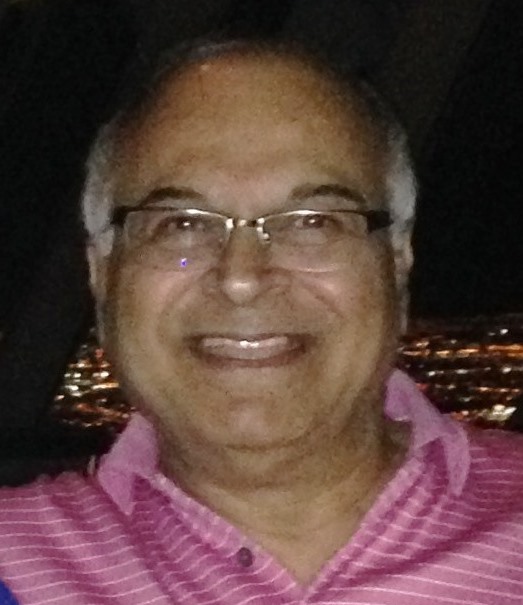Believe nothing you hear and only one half that you see.
Believe Nothing You Hear and Only One Half That You See
The saying, “Believe nothing you hear and only one half that you see,” has long been a cautionary reminder of the importance of skepticism and critical thinking. Attributed to several sources, including Edgar Allan Poe, this adage emphasizes the unreliability of both spoken word and visual perception. In today’s world, where misinformation spreads rapidly through social media and other platforms, this advice is more relevant than ever.
The Power and Pitfalls of Words
Words are powerful. They can inspire revolutions, soothe pain, or cause harm. However, the spoken word is also easily manipulated. People often have their own biases, agendas, or misunderstandings, which can distort the truth. When we hear something, we might be tempted to accept it as fact, especially if it comes from a seemingly trustworthy source. Yet, the truth can be bent or broken in countless ways—through exaggeration, omission, or outright lies.
Consider the impact of rumors in a workplace or community. A simple misunderstanding or a malicious statement can spiral out of control, affecting relationships, reputations, and morale. This is why it is essential to approach what you hear with a degree of skepticism, verifying the information from multiple sources before accepting it as true.
The Deceptive Nature of Sight
The second half of the saying—”and only one half that you see”—addresses the fallibility of our own senses. While seeing is often equated with believing, our perception is not always as reliable as we might think. Optical illusions, for instance, are a stark reminder that our brains can be tricked. We might see something that is not there or misinterpret what we see based on context, prior knowledge, or expectations.
Moreover, in the age of digital manipulation, images and videos can be altered with ease. Photoshop and deepfake technologies can create convincing false realities, making it increasingly difficult to distinguish between what is real and what is fabricated. This means that even when something appears before our eyes, it may not be the truth.
The Need for Critical Thinking
In a world filled with information, both true and false, critical thinking becomes our most valuable tool. Rather than taking things at face value, we must learn to question, analyze, and cross-check information. This doesn’t mean becoming paranoid or distrusting everything, but rather developing a healthy level of skepticism.
When you hear something, consider the source, the context, and the evidence supporting it. When you see something, ask yourself if it could be interpreted in another way or if there could be factors you are not seeing. By applying these principles, you can navigate through a world of misinformation with greater clarity and confidence.
In conclusion, the saying “Believe nothing you hear and only one half that you see” serves as a timeless reminder of the importance of skepticism and critical thinking. In an era where information is abundant and often misleading, adopting this mindset can help protect us from deception and enable us to discern truth from falsehood.
If you enjoyed this article, please share, like, and don’t forget to subscribe and leave a comment.

Pervaiz “P. K.” Karim
The Calcutta Kid
https://NewsNow.wiki
Top of Form
Bottom of Form